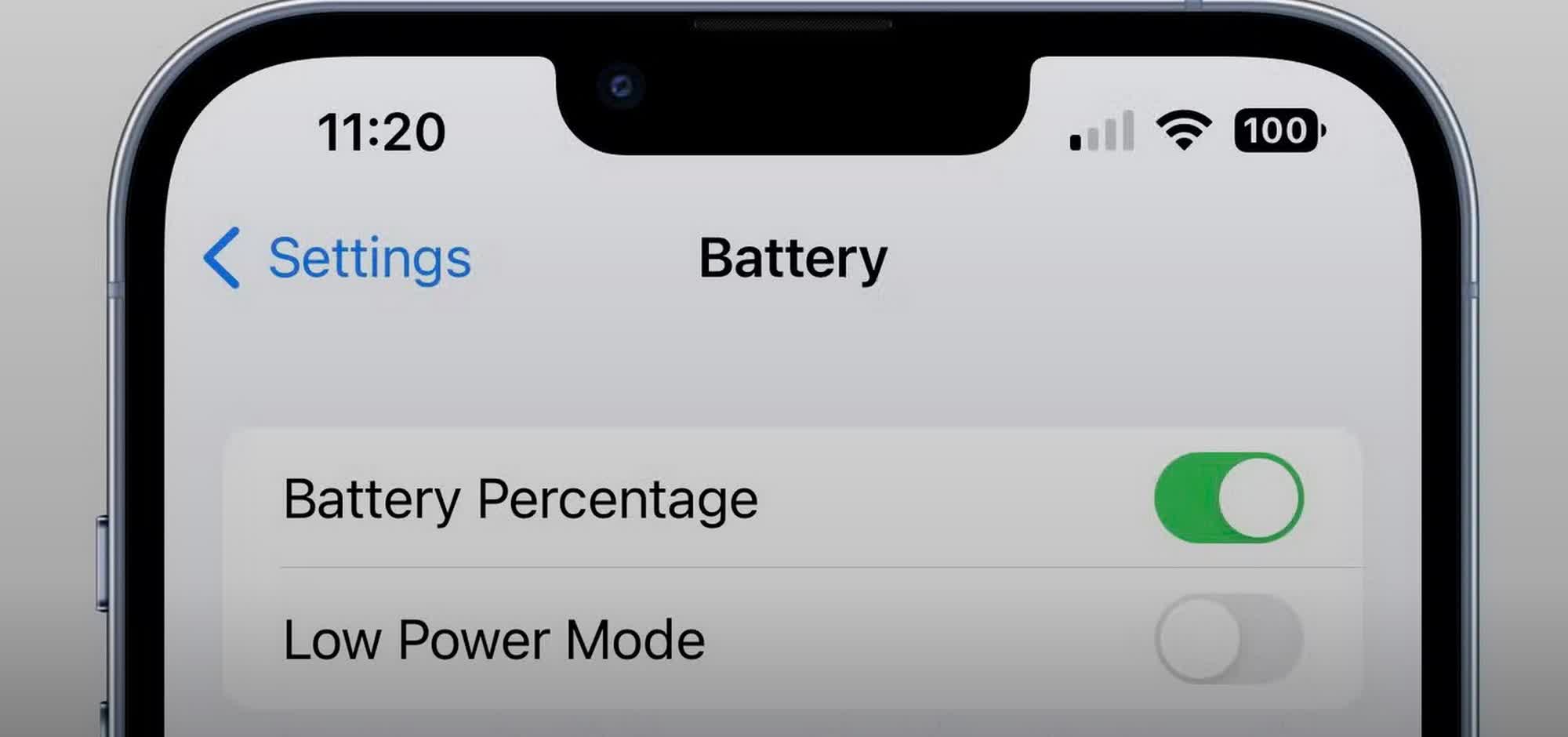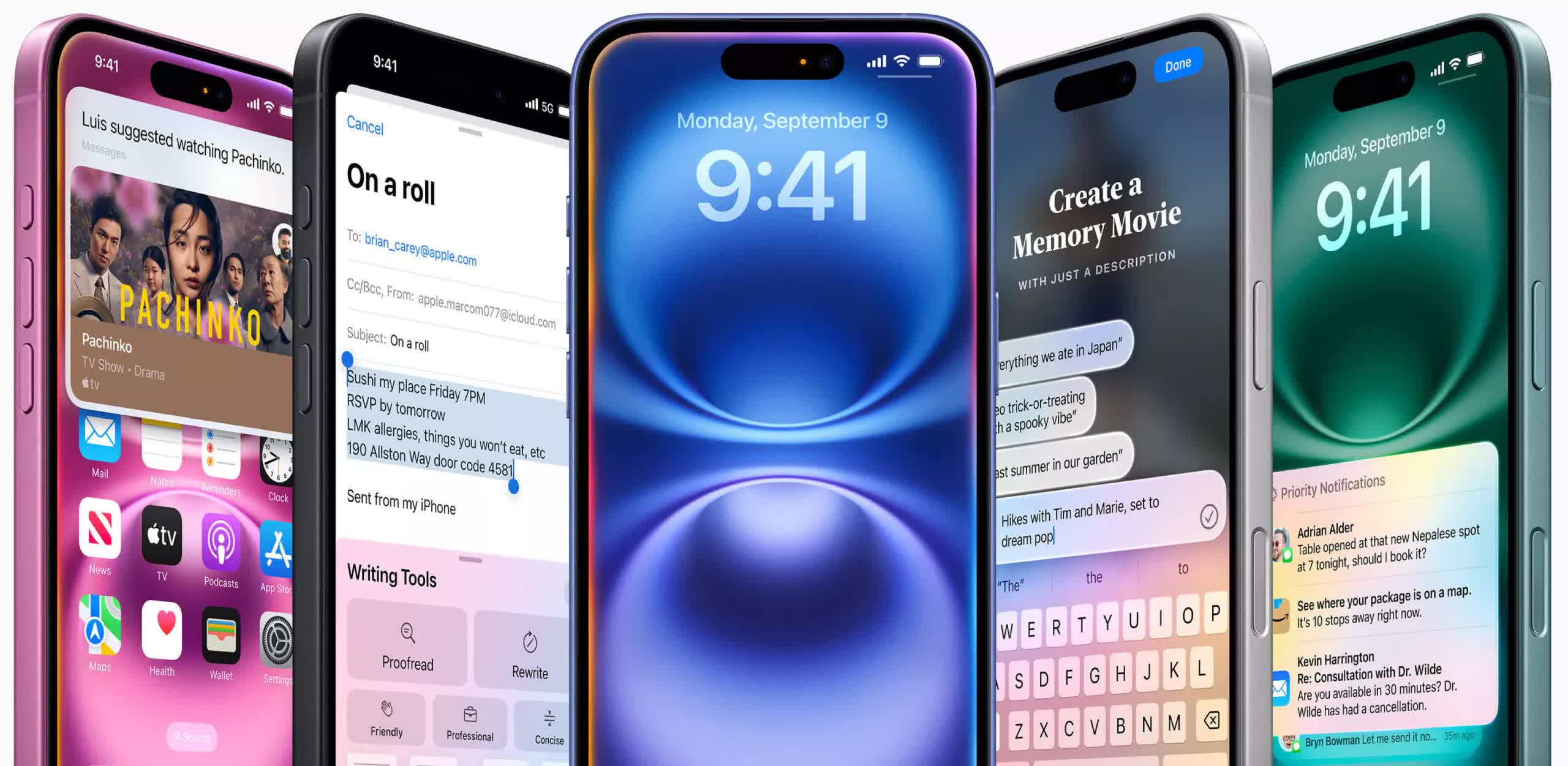Why it matters: Apple is overhauling its software with a new look and intelligent features. The next iPhone update will include an AI-powered battery tool and a sleek, unified design across iPhone, iPad, Mac, and Vision Pro. It's the company's most significant interface shift in years – and sets the stage for slimmer, more efficient devices.
Apple will likely announce iOS 19 at its Worldwide Developers Conference in June, but details about the update have already leaked. A new report claims the next-gen software will include an AI-powered battery management tool that uses data from users' iPhones to optimize apps and extend battery life.
Bloomberg's reliable leaker Mark Gurman reports that the new battery management tool will track iPhone usage patterns and use the data to make adjustments that conserve energy and extend battery life. Additionally, users will notice a new indicator on the lock screen, showing the estimated time required for the phone to charge fully.
The AI tool will be integrated into the Apple Intelligence package and trained using the battery usage data Apple has collected from iPhone users over the years. Apple believes this data is sufficient for the AI to accurately predict when to reduce the power draw of certain apps and services.

Rumors suggest the iPhone 17 Air drives the battery management feature, as its ultra-slim design necessitates a significant compromise in battery capacity. Apple believes the new tool will help achieve acceptable screen-on time despite the device's limited battery. Apple plans to introduce sweeping changes with iOS 19, including a redesigned interface inspired by visionOS – reportedly the most significant overhaul since iOS 7.
The updated UI will reportedly feature a glassy aesthetic, with app icons, menus, system buttons, and other elements adopting a softer, more dimensional look. Internally dubbed 'Solerium,' the design also includes a floating navigation bar in native apps.
Reports suggest that iPadOS 19 and MacOS 16 will adopt the same design language, which is part of Apple's broader effort to unify the interface across its platforms. Once rolled out, apps, icons, and window styles could appear nearly identical across macOS, iOS, iPadOS, and visionOS.
